Today’s guest post is by David Ucko, president of Museums + more LLC. David has long been immersed in the world of museums as learning providers. While acting as division director in the Division of Research on Learning in Formal and Informal Settings at the National Science Foundation, David initiated the Nanoscale Informal Science Network, the Center for Advancement of Informal Science Education, the Framework for Evaluating Informal Science Education Projects and a major study on Learning Science in Informal Environments. David’s post is an occasion for CFM to publicize the March 11 application deadline for the new Transforming STEM Learning program at NSF.
It should be no surprise to readers of this blog that most museums partner with schools to complement classroom learning and teaching. Based on a survey by the Center for Informal Learning and Schools, 90% or more of zoos, aquaria and science centers offer at least one K-12 program, and more than half offer at least one form of teacher professional development. An earlier IMLS survey found similar results more broadly, with 70% of museums offering K-12 programming. These museum activities enhance, enrich, and expand classroom learning, helping support what some characterize as a “learning ecology” or “personal learning ecologies.”
Less appreciated is the role that informal learning institutions might play in transforming K-12 education as currently practiced. Most museum practitioners take it for granted that learning can be fostered through exhibits and programs. Recently, that assertion has been supported by a major research synthesis carried out by the National Research Council, Learning Science in Informal Environments. Although specific to science, many of the findings are likely to be generalizable to other areas. Significantly, the report identified two proficiencies supported by informal learning: Experience excitement, interest, and motivation to learn about phenomena in the natural and physical world; and Think about themselves as science learners and develop an identity as someone who knows about, uses, and sometimes contributes to science. These two outcomes were in addition to those identified in prior NRC report on K-8 education, Taking Science to School, which focused on the more traditional aspects of learning. Thus, the report documented strengths of informal learning that may exist to a lesser degree or even be absent in the classroom, along with those aspects of learning that are similar.
I have argued that as a result of this study and other factors, the field of informal learning is reaching a “tipping point” in terms of increased external recognition of its educational impact. The most recent indicator is an entry in the Education Week blog supportive of informal learning based on the assertion by John Falk and Lynn Dierking that most of what know about science is learned outside of school.
Skip over related stories to continue reading articleIn terms of K-12 education, the potential impact of informal learning can be more fully realized not just by enhancing classroom teaching and learning, but by helping to transform it. Additional key influences are mobile technologies that enable learning any time, any place and the growing base of knowledge from the learning sciences and educational research. The challenge, of course, is developing strategies that take advantage of the most effective practices in ways that can be implemented and evaluated. One opportunity to obtain funding, at least for those museums involved in informal science education, is the new Transforming STEM Learning program at NSF, which has a March 11 deadline.
I would encourage museums of all kinds to explore ways to not only enhance classroom learning and teaching, but to work with schools, learning scientists, technology experts, libraries, and additional community partners to create innovative approaches that draw from both formal and informal learning. Certainly, museum-schools and virtual schools offer potential platforms, but other formats may be possible as well. In this way, museums can become key players in the national efforts towards education reform, one of the few areas of potential bipartisan cooperation expected in the 112th Congress.



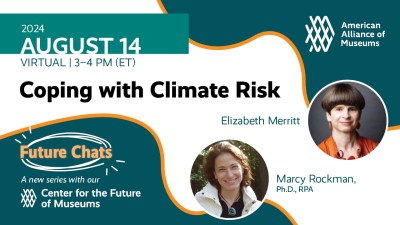

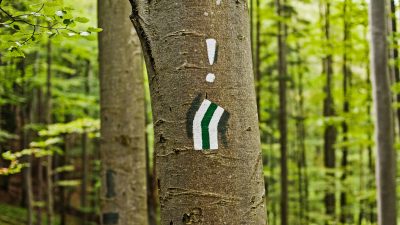
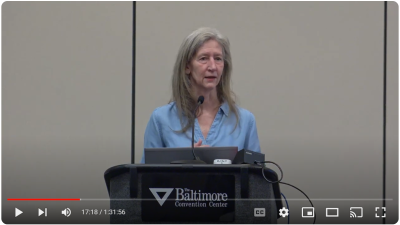
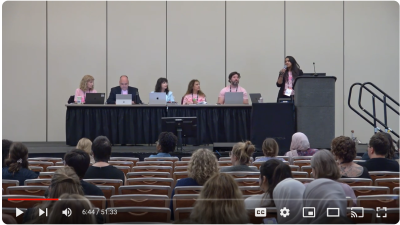
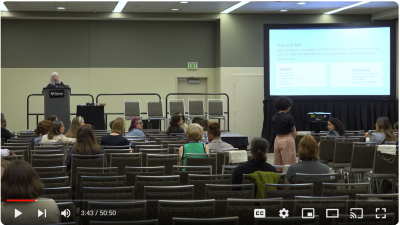
I wanted to thank you for this great read!! I definitely enjoying every little bit of it I have you bookmarked to check out new stuff you post. Teolinda Gersao
Thanks again for this article post.Thanks Again. Really Great.Enjoyed just of one’s report post.Really getting excited about read more. URL Shortener